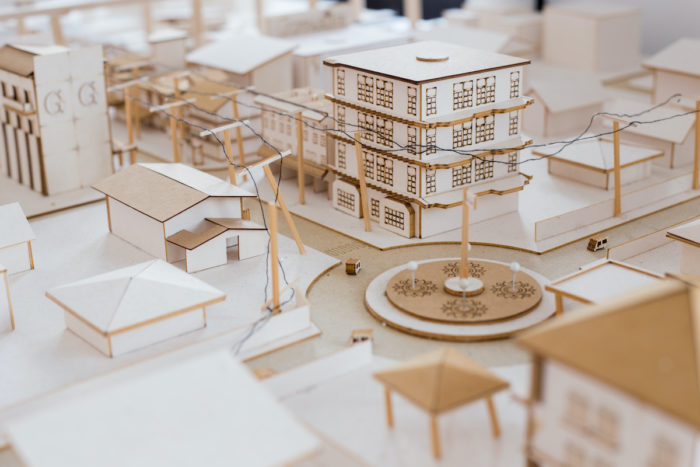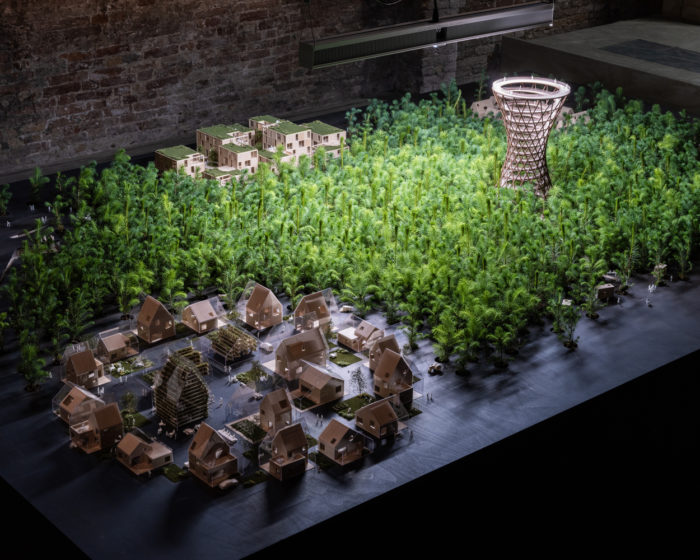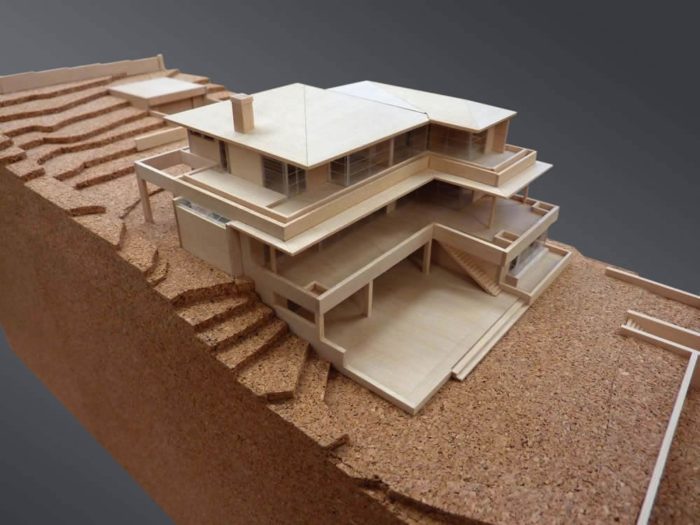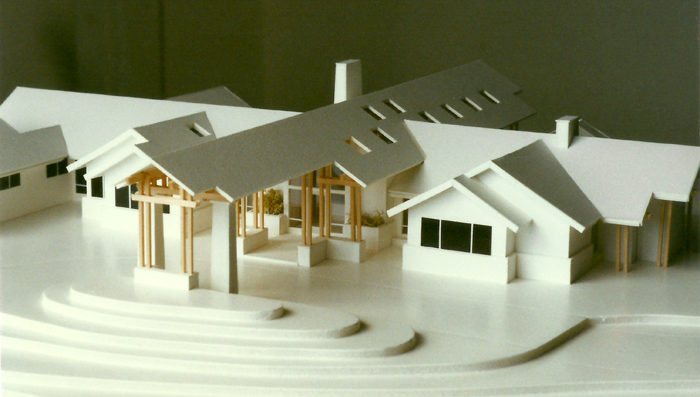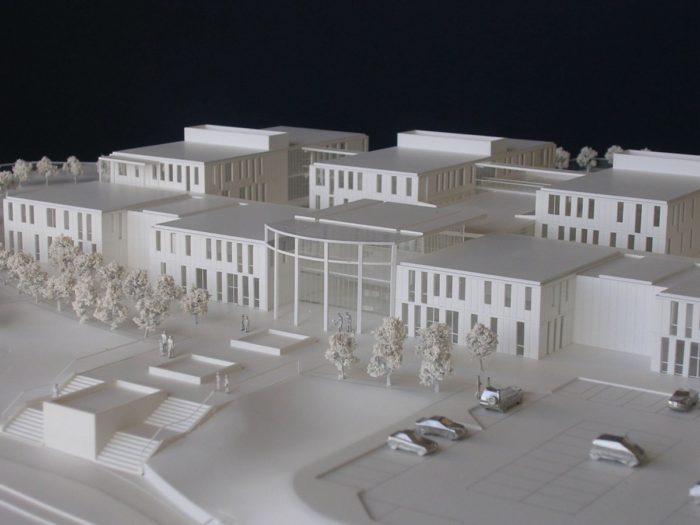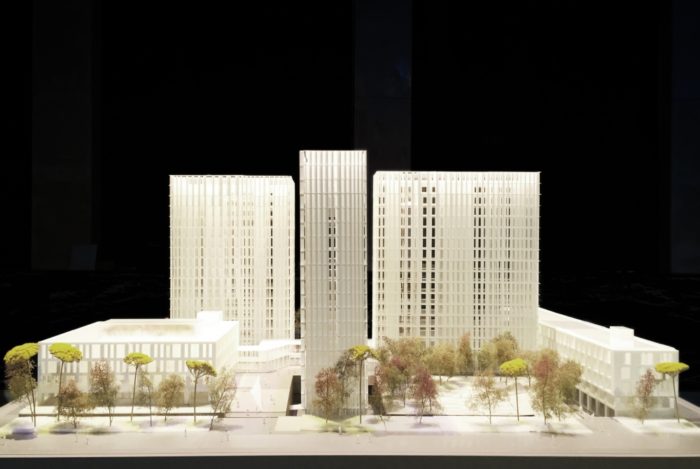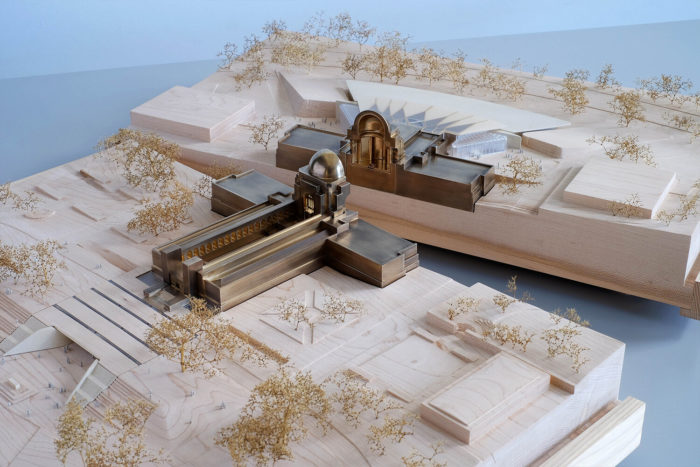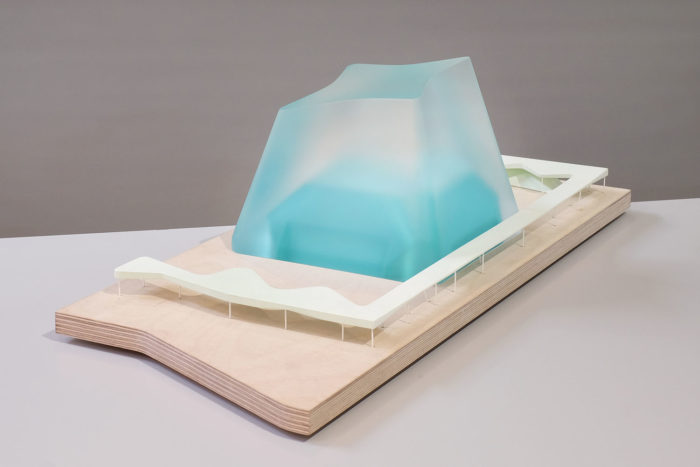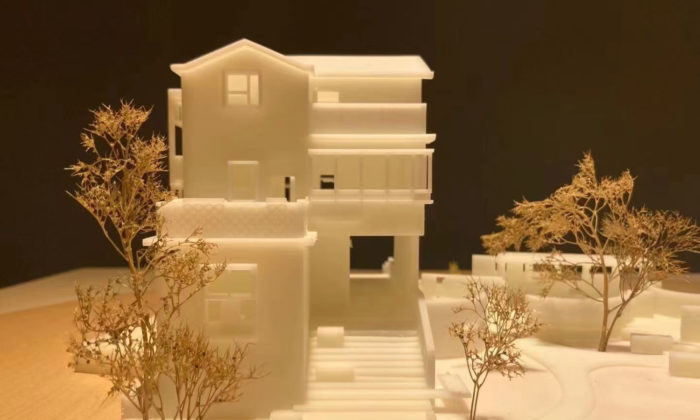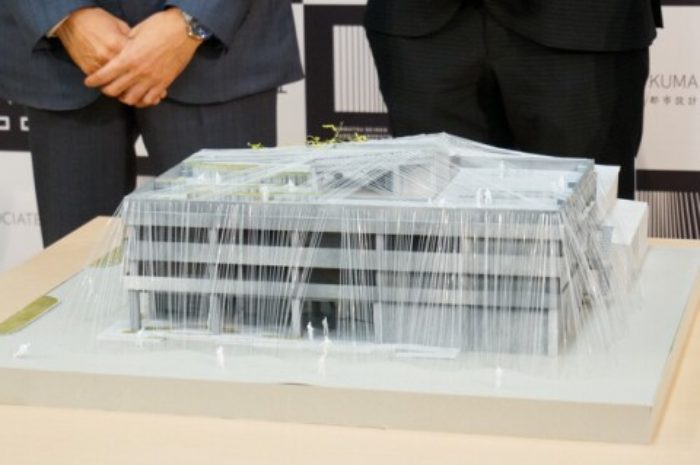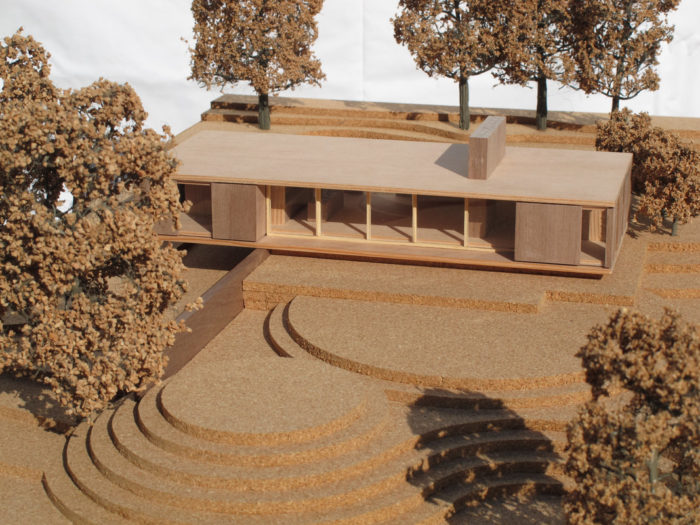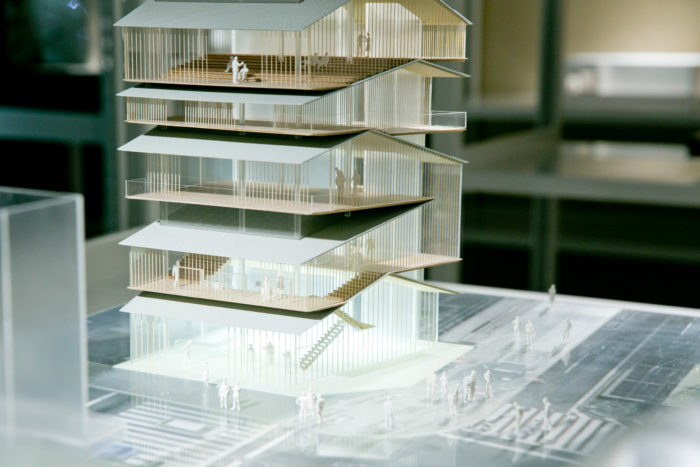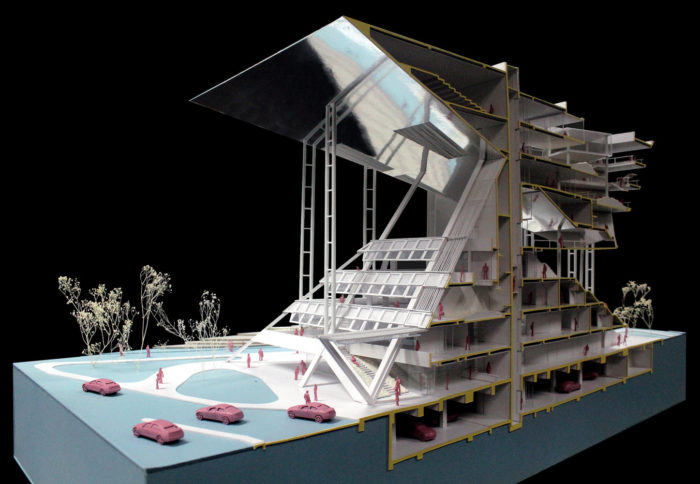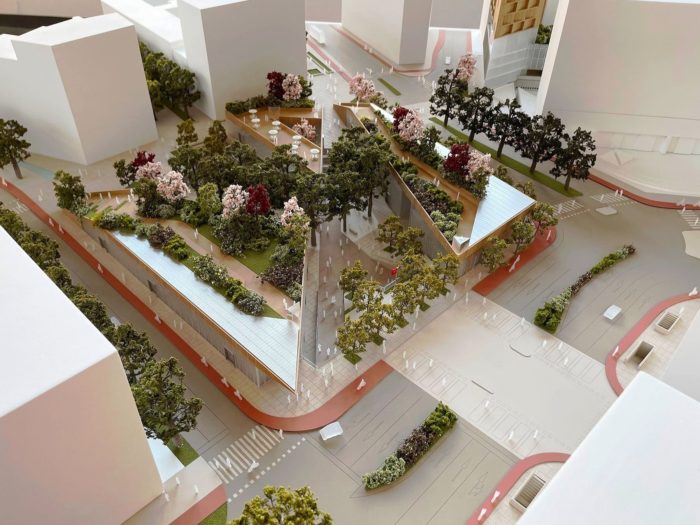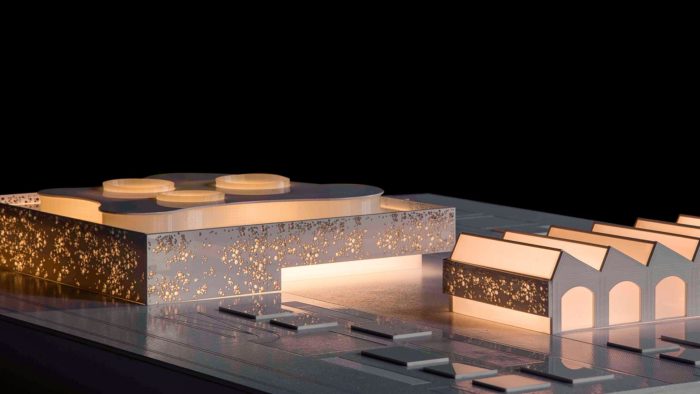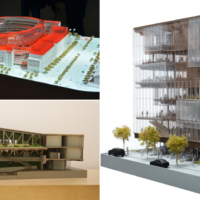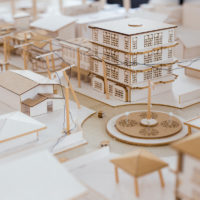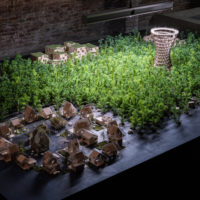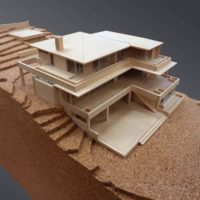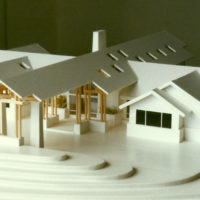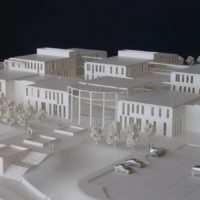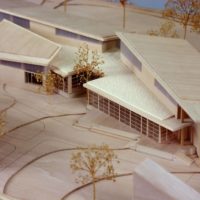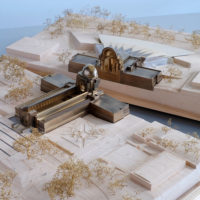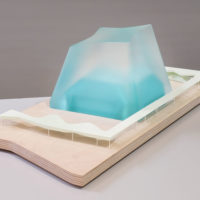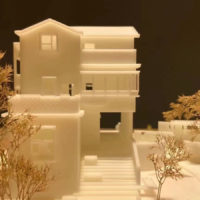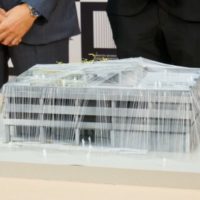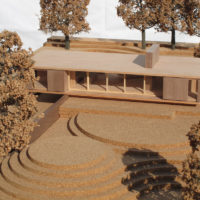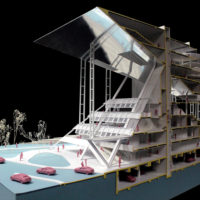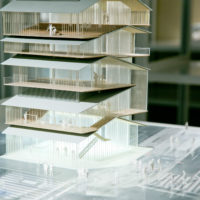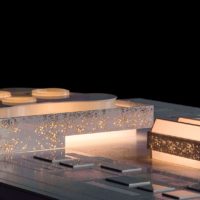In the world of architecture, precision, and attention to detail are paramount. Architectural models play a pivotal role in the design and presentation of projects, providing a tangible representation of ideas and concepts. Choosing suitable materials is essential to create architectural models that genuinely impress. This article will explore 14 innovative picks for crafting architectural models using top-notch materials. These materials will elevate your architectural models from traditional choices to cutting-edge options.
What Function Do Architectural Models Serve?
From conception to completion, architectural models serve various functions; let’s look closer at these functions.
- Visualization and Communication
Architectural models are powerful visual aids for architects, designers, and stakeholders to convey complex design concepts. They provide a tangible representation of a building or structure, making it easier for everyone involved to understand and discuss the project.
- Design Validation
Architectural models help validate design ideas and concepts before construction begins. By creating physical or digital prototypes, architects can identify potential flaws, make improvements, and optimize the design to ensure it meets functional and aesthetic requirements.
- Client and Stakeholder Engagement
Architectural models are crucial in engaging clients and stakeholders in the design process. They enable non-experts to grasp the project’s scope and envision the final result, fostering a sense of involvement and confidence in the design team’s decisions.
- Scale and Proportion Assessment
Models allow architects to assess a building or space’s scale and proportion accurately. This helps ensure the design aligns with the intended use, complies with safety regulations, and provides a harmonious spatial experience.
- Problem Solving and Decision-Making
Architectural models facilitate problem-solving and informed decision-making. They can be used to explore different design options, evaluate the impact of various materials and finishes, and simulate how natural light and ventilation will interact with the structure. This aids in making well-informed choices throughout the design process.
Traditional Architectural Model Materials
1) Balsa Wood
Balsa wood has been a staple in architectural model-making for decades. Its lightweight yet sturdy properties make it an excellent choice for constructing structures and creating intricate details.
2) Foam Core
Foam core, often used for early-stage models, is a versatile material. It’s easy to cut and shape, making it ideal for quickly visualizing design concepts.
3) Bristol Board
Bristol board, known for its smooth surface, is perfect for presenting clean and precise architectural model components. It’s frequently used for creating presentation boards within models.
4) Acrylic Sheets
Acrylic sheets add a modern touch to architectural models. They are transparent, allowing for the creation of see-through elements such as glass façades and water features.
5) Basswood
Basswood, a fine-grained hardwood, offers durability and a beautiful finish. It’s often employed for crafting intricate architectural details like doors, windows, and moldings.
Advanced Architectural Model Materials
1) Metal
Metal is an excellent choice for models that require a touch of elegance. It can be used for crafting miniature structural components or decorative elements.
2) Resin
Resin is a versatile material that can mimic various textures and surfaces. It’s often used to create water features, landscapes, and lifelike figurines for architectural models.
3) 3D-Printed Resin
Combining the precision of 3D printing with the versatility of resin, 3D-printed resin models are becoming increasingly popular. They allow for intricate detailing and realistic textures.
Other Architectural Model Materials
1) Carbon Fiber
Carbon fiber is known for its incredible strength-to-weight ratio. It’s an ideal material for creating lightweight yet sturdy architectural models, especially for bridges and other structural elements.
2) Biodegradable Materials
In an era of environmental consciousness, biodegradable materials are gaining traction. These materials not only serve their modeling purpose but also align with sustainability goals.
3) Glass
Glass is a material that can add an elegant touch to architectural models, mainly when depicting modern buildings with extensive glazing. It allows for a realistic representation of transparent surfaces and can be combined with other materials to create striking visual effects.
4) Recycled Materials
In the spirit of sustainability, architects increasingly turn to recycled materials for their model-making needs. These can include repurposed cardboard, plastics, and other reclaimed resources, reducing environmental impact and showcasing a commitment to eco-conscious design.
5) Synthetic Fabrics
For landscape and terrain modeling, synthetic fabrics offer flexibility and realism. They can create undulating landscapes, simulate bodies of water, or add texture to outdoor spaces in architectural models.
6) Photoluminescent Materials
Photoluminescent materials have the intriguing property of glowing in the dark after exposure to light. Incorporating them into architectural models can be captivating, especially when modeling spaces with lighting designs or highlighting emergency exit routes.
Final Thoughts
Selecting suitable architectural model materials is crucial for bringing your designs to life and effectively communicating your vision to clients and stakeholders. Whether you opt for traditional materials like balsa wood and foam core or embrace cutting-edge options like 3D printing and smart materials, each choice has advantages and can contribute to the success of your architectural models.
As the architecture industry evolves, so do the materials available for crafting architectural models. Staying informed about the latest advancements in architectural model materials is essential for architects and designers looking to stay at the forefront of their field.
Remember, the architectural model materials should align with the specific project requirements and the desired level of detail and realism. Experimentation with different materials can lead to exciting discoveries and elevate the art of architectural model-making to new heights. So, whether crafting a scale model of a cutting-edge skyscraper or a quaint countryside cottage, the right choice of architectural model materials can make all the difference in turning your vision into a tangible masterpiece.
- Image courtesy of Matt Vocatura, SHoP Architects, and Architecturalmodel.com
- Courtesy of MasterClass
- © Rasmus Hjortshøj
- © Rauda Scale Models
- © Lois Gaylord, Coroflot
- © Owlcation
- © Studio KU+
- © Rauda Scale Models
- © Kinkfab
- © Kinkfab
- © FacFox
- © Spoon & Tamago
- © Ward Lambert Architectural Models
- © Illustarch
- © Kengo Kuma Associates
- © ONEOFF
- Courtesy of Unbuilt Architecture


